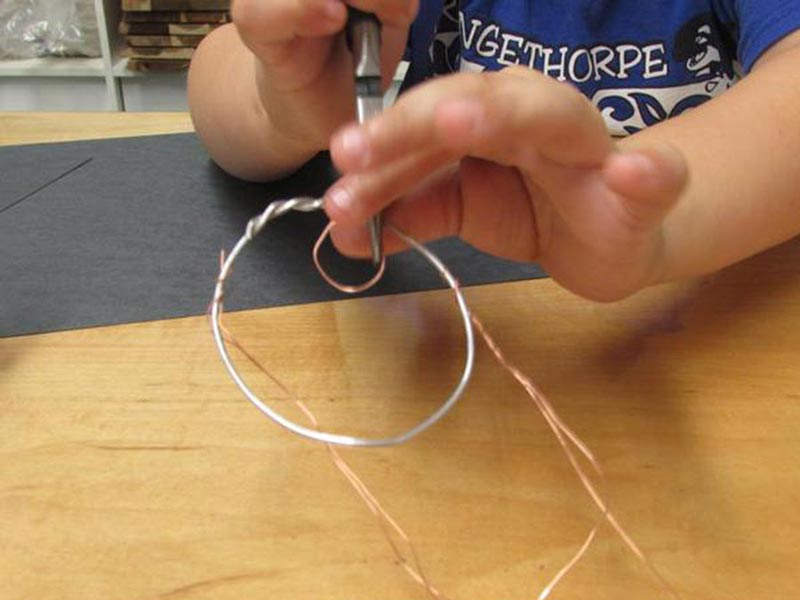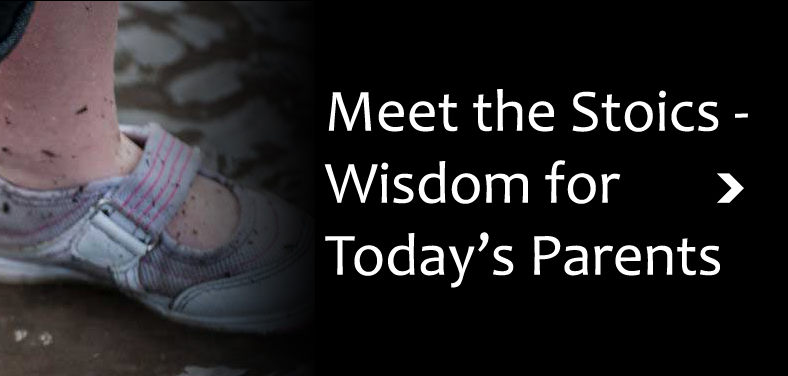This is part 6 of my interview with Marilee Cosgrove of the Fullerton School District. Our focus was on “Lessons Learned” –creating an effective quality pre-school program in a public school context. Below, we talk about a fundamental distinction in the type of art projects done in pre-school.
Q: So you are patient …
A: Not always. I’ve come in and said “This is product art” and just took it down off the wall.
Q: For those who don’t know, can you describe the difference between “product art” and “process art?”
A: Product Art is when the teachers have already cut everything out, and the students just assemble it. They have a specific end result. Or predetermined outcome. Each child is going to glue circles and make a snowman. It’s the handprint turkey. You see it in K, 1 and 2. There is no creativity involved, no value to the child in that. It’s just Product, it’s nothing.

But Process is about how they take those materials and how they utilize them. So we’ll have a flower in a vase and an inspiration picture or two of flowers, and paper and sharpies, so they can observe the flower and interpret it according to their perception. We’re not telling them how to do it, we’re not telling them what it should look like, we’re just providing the materials and the experience.

Now you might say “what’s the value?” Well, the value of perception is a big deal. It helps them – depth perception, perceptual perception, learning how to write – all these things are in that experience. It’s more than just setting something up – it’s very intentional. They teachers have something in their mind – what they hope the children will be able to develop and then to transfer to other areas.
Q: So instead of saying “every child is going to end up with a snowman” it’s “every kid is going to have an experience related to experimenting with colors, perceptions, and point of view.”
A: Yeah, we just had this thing on “the many shades of green” where we put (blue and yellow) out where they could make green, and give them black and white, too, and let them experiment and talk to each other. You got some classes where the teacher says “OK, today we’re going to make orange by mixing red and yellow” and, you’ve just given it all to them, and it’s like “I don’t want to make orange now, what’s the point?”
Q: You’ve killed it.

A: They have to look back on their childhood, and what they really like, and about how we play as adults, and think of what inspires them and what gets them excited today. And then, they’ll see that that’s what we do with our little people.
Q: I love that about this field – the people who are paying attention to the kids are in this constant state of wonder. “You are in the moment, and there is this gift, and then here comes the next one.” And sometimes it’s about art or vision, and sometimes it’s “That Kid hit my head with a truck.”
A: Absolutely, and it’s like that for our school age kids, too. You want everyone to feel it – then you don’t have to explain as much – it becomes about what the kids are capable of, which is extraordinary. Once adults get that, it’s simple.




Add comment